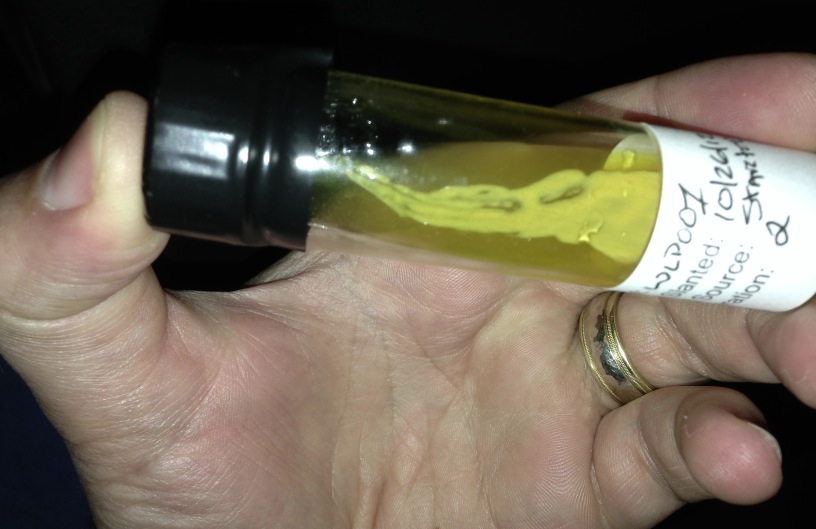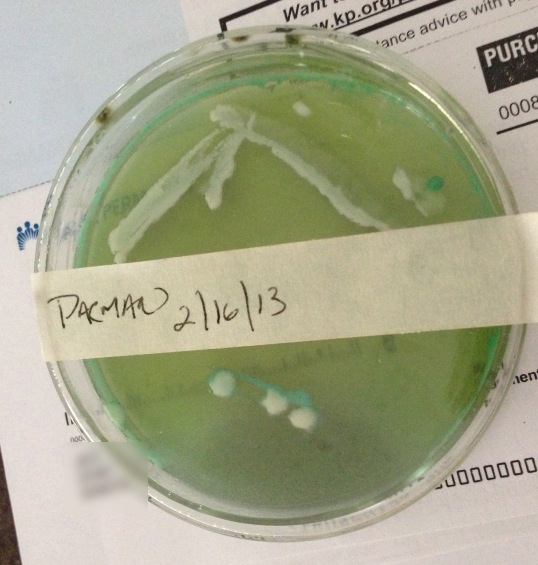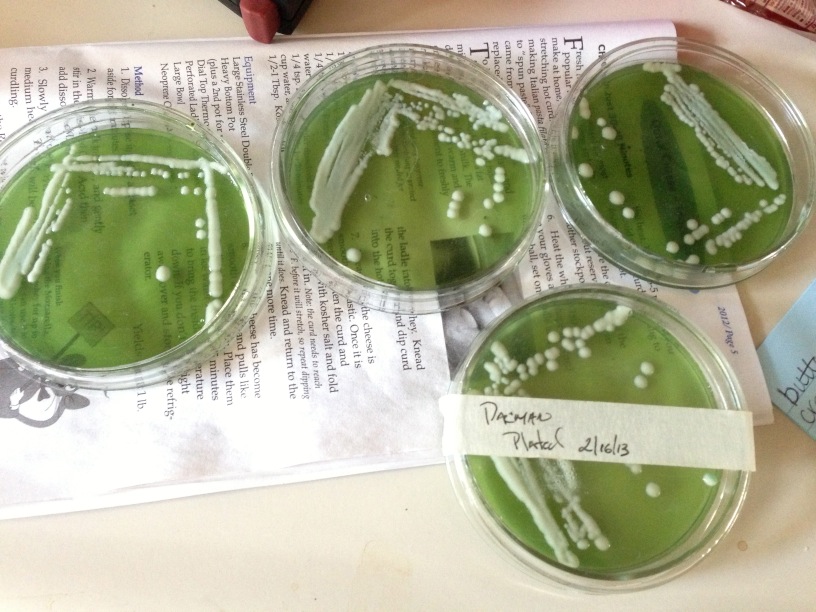peter78
Well-Known Member
jason.mundy said:I haven't. I'm interested in doing it. Was a centrifuge needed to do this?
No centrifuge. The way I understand it is, after growing some yeast on a plate, pick a colony and transfer it to a slant filled with 2-3 ml of distilled sterile water and that's it. Without the agar. Close the lid and even leave it outside the fridge, will last for months, maybe years in the fridge. The reason I asked is, it kinda sounds too easy. Maybe I'm missing out on something....




 :rockin:
:rockin:




